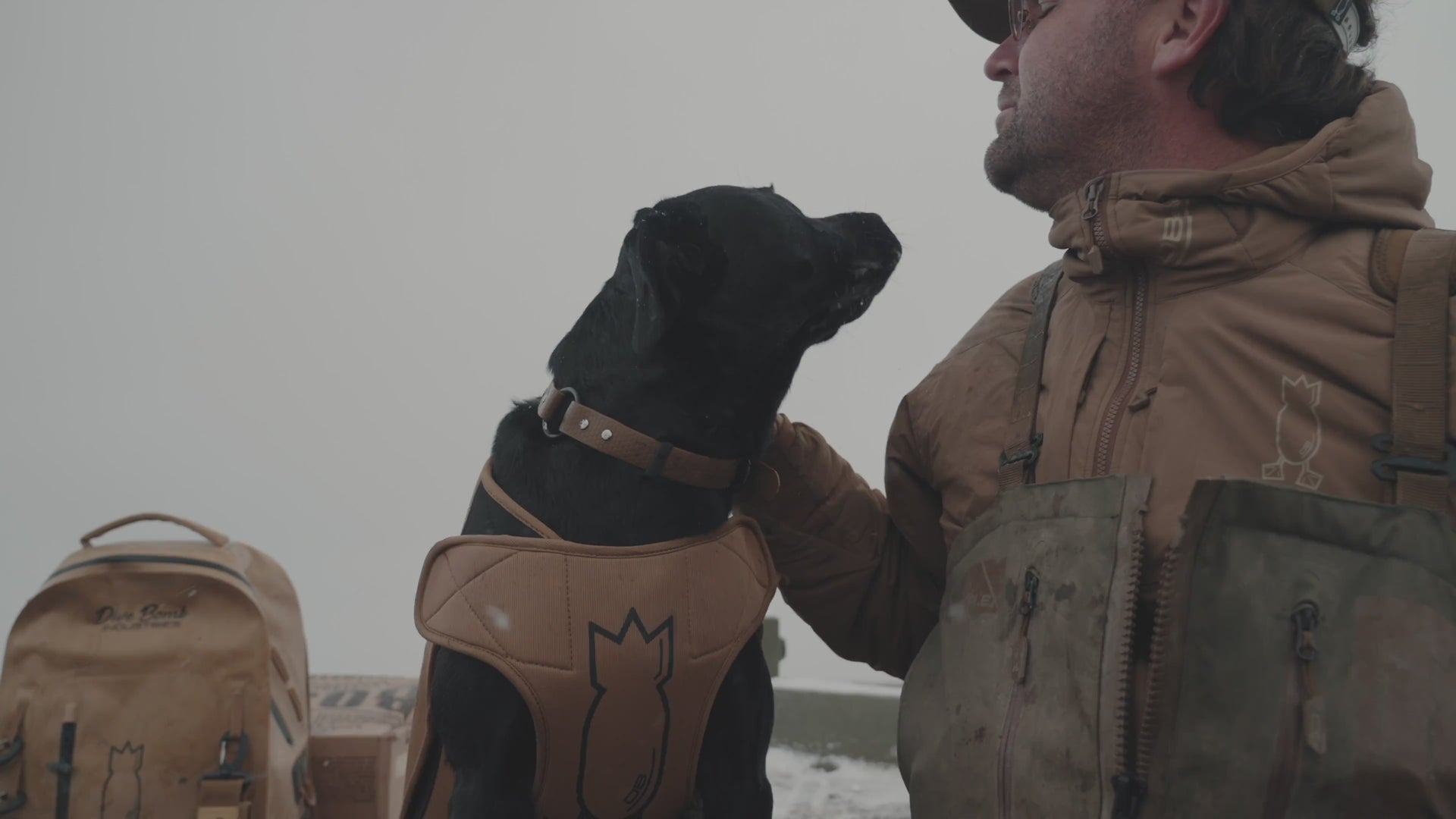The Ultimate Guide to Travel Backpack Sizes and Fits
Choosing the perfect backpack for your travels is essential to ensuring comfort and convenience on your journey. With the right pack, you can carry all your essentials without strain or discomfort. This Travel Backpack Sizing Guide will help you navigate the many options available, ensuring you find a pack that fits your needs and your body.
Understanding Backpack Sizes
Backpacks are measured in liters, which indicate their volume capacity. The size you choose should depend on the type of trip you are planning, the duration, and the amount of gear you need to carry. Here’s a rundown of the most common backpack sizes and what they are best suited for:
1. Daypacks (10-30 liters)
Ideal for short day trips, urban exploration, or light hikes, daypacks offer just enough space for your immediate essentials—think water bottles, snacks, a light jacket, and perhaps a small camera or tablet. These packs are designed to be compact, allowing for easy movement. If you’re looking for a lightweight, no-fuss option, a daypack is a great choice. However, be mindful of what you carry; overstuffing even a small pack can lead to discomfort.
2. Weekend Packs (30-50 liters)
For weekend trips or overnight getaways, consider a pack in the 30 to 50-liter range. These packs offer additional space for a few changes of clothes, toiletries, and perhaps a small tent or sleeping bag. When choosing backpack size for such trips, consider the duration of your stay and whether you’ll need to pack extra layers or equipment. Ensure the pack has adjustable straps and padding for comfort over longer periods.
3. Multi-Day Packs (50-70 liters)
Heading out on a week-long adventure? A multi-day pack with a capacity of 50 to 70 liters is likely your best bet. These packs can accommodate all your essential gear—clothing, sleeping gear, food, and cooking equipment—while still being manageable to carry. When considering backpack fit recommendations for these larger sizes, look for packs with supportive frames and ergonomic designs to help distribute weight evenly across your back and hips.
4. Extended Trip Packs (70 liters and above)
For extended journeys, trekking expeditions, or travels where you need to carry everything with you, packs of 70 liters or more are ideal. These are designed to handle heavy loads and have multiple compartments for organization. Finding the best backpack for your body at this size is crucial; an improper fit can lead to serious discomfort or even injury over time. Always ensure the pack is adjustable and that it hugs your body closely for stability.
Key Considerations for Choosing Backpack Size
When selecting the right size, it’s important to think beyond just volume. Consider your body type, the length of your trip, and your specific needs. Here are a few factors to keep in mind:
Torso Length
The most important measurement when selecting a backpack is your torso length. This is the distance between the base of your neck (the C7 vertebra) and the top of your hip bones. Most backpacks are adjustable, but they need to match your torso length to ensure they sit comfortably and distribute weight correctly.
Hip Belt
A properly fitted hip belt is crucial for comfort. It should sit snugly on your hip bones, not your waist. The belt transfers most of the pack’s weight to your hips, reducing strain on your shoulders. Look for belts that are adjustable and padded for maximum comfort, especially for larger packs.
Shoulder Straps
The shoulder straps should be padded, adjustable, and wide enough to distribute weight evenly. They should not bear the bulk of the weight but rather keep the pack close to your body. Adjustable load lifter straps that connect the backpack to the top of the shoulder straps help in adjusting the load’s balance and reducing strain.
Load Lifters and Chest Straps
These are essential for larger backpacks. Load lifters should be set at a 45-degree angle to pull the weight of the backpack close to your body, while chest straps help stabilize the pack, preventing it from shifting during movement.
The Backpack Fit Recommendations for Your Travel Needs
Once you’ve considered the size, it’s time to focus on fit. Here are some backpack fit recommendations to ensure comfort:
- Measure Accurately: Use a measuring tape to find your torso length and hip circumference. Compare these with the backpack specifications to find a pack that fits well.
- Adjust Properly: When you first try on a backpack, adjust the straps to fit snugly. Start with the hip belt, then adjust the shoulder straps, load lifters, and chest straps.
- Test the Load: Load the backpack with weight similar to what you’ll carry on your trip. Walk around, climb stairs, and see how it feels. Adjust as necessary for comfort and balance.
Finding the Best Backpack for Your Body
Different brands offer varying sizes and fits, so don’t be afraid to try several options before making a decision. Your ideal backpack will feel like an extension of your body, moving with you and not against you. Look for breathable materials, adjustable straps, and padding that aligns with your body contours.
Conclusion
With the right knowledge and a little preparation, finding the perfect travel backpack can be a straightforward task. Follow this Travel Backpack Sizing Guide, keep in mind the backpack fit recommendations, and focus on choosing backpack size that best meets your travel needs and body requirements. Your adventure starts with the right gear—happy packing!

